Ruta graveolens
Ruta graveolens – Common Rue
Ruta graveolens – Common Rue
Exposure
- Full Sun
Rusticity
Bloom time
- June
- July
- August
- Unique blue-green aromatic foliage
- Natural repellent (cats, dogs, insects)
- Very hardy (Zone 4)
- Easy to care for
- Delicate yellow flowers
Discover Rue (Ruta graveolens), a perennial or subshrub of unique charm, prized for its distinctive, highly aromatic blue-green foliage and its natural repellent properties! Traditionally used to deter cats, dogs, and various unwanted insects, this plant is a functional asset for your garden. However, it is crucial to handle it with caution: contact with damp skin exposed to sunlight can cause skin reactions. Always wear gloves when handling this plant.
Characteristics
- Foliage : The foliage consists of very finely cut, small leaves of a distinctive blue-green to grey-green colour. It is semi-evergreen in milder climates. When crushed, it releases a strong, often pungent or herbaceous scent that some people may find unpleasant, but which animals and insects tend to avoid.
- Bloom : Produces small yellowish-green to bright yellow flowers, grouped in loose corymbs, which appear in summer, adding a subtle contrast to the foliage.
- Light : Thrives in full sun. Direct sunlight is essential for dense growth and good production of its aromatic compounds.
- Habit : Its habit is bushy and upright, forming a compact clump. It generally reaches a height and spread of about 60 to 90 cm (2 to 3 feet).
- Growth : Its growth is medium.
- Humidity : Requires little water once established. It tolerates drought very well and does not appreciate excess moisture.
- Soil : Prefers well-drained, poor to average, and calcareous soil. It adapts to various soil types, but drainage is crucial.
- Temperature : Extremely hardy. It is adapted to cold winters.
- Watering : Water moderately after planting for establishment. Once well-established, Rue is very drought-tolerant and needs very little watering.
Uses
- Types of Use : Ideal for planting at the edge of vegetable gardens or beds to help repel cats, dogs, rabbits, and certain insects (aphids, whiteflies, mosquitoes, and some caterpillars). It can also be used in rock gardens or dry gardens for its unique foliage.
- Decorative Advantages : Its distinctive blue-green to grey-green foliage and fine texture offer particular visual interest. Its small yellow flowers add a subtle touch of colour.
Care
- Fertilization : Rue is not demanding in terms of fertilization. Poor soil suits it perfectly. Avoid rich fertilizers that could harm its vigour and properties.
- Pruning : Light pruning can be done in spring to maintain a compact shape and promote dense growth. Remove spent flower stalks for aesthetic reasons.
- Planting :
- Distance : Space plants approximately 60 to 90 cm (2 to 3 feet) apart to allow for their full development and good air circulation.
- Depth : Plant the root ball at the same level as the soil.
- Period : Spring or fall are the best times for planting.
Plant details
Dimensions
Dimensions
Characteristics
Characteristics
Habit:
- Bushy
- Upright
Flowering colours:
- Yellow
Plant needs
Plant needs
Watering:
- Low
Maintenance:
- Easy
Soil requirement:
Features
Features
Resistance:
- Cold
- Drought
Attract:
Use:
- Border (utility)
- Herb garden
- Rock garden
- Vegetable garden (on the outskirts)
Attribute:
- Scented (strong smell)
- Repellent (cats, dogs, insects)
- Very hardy
- Decorative foliage (unique)


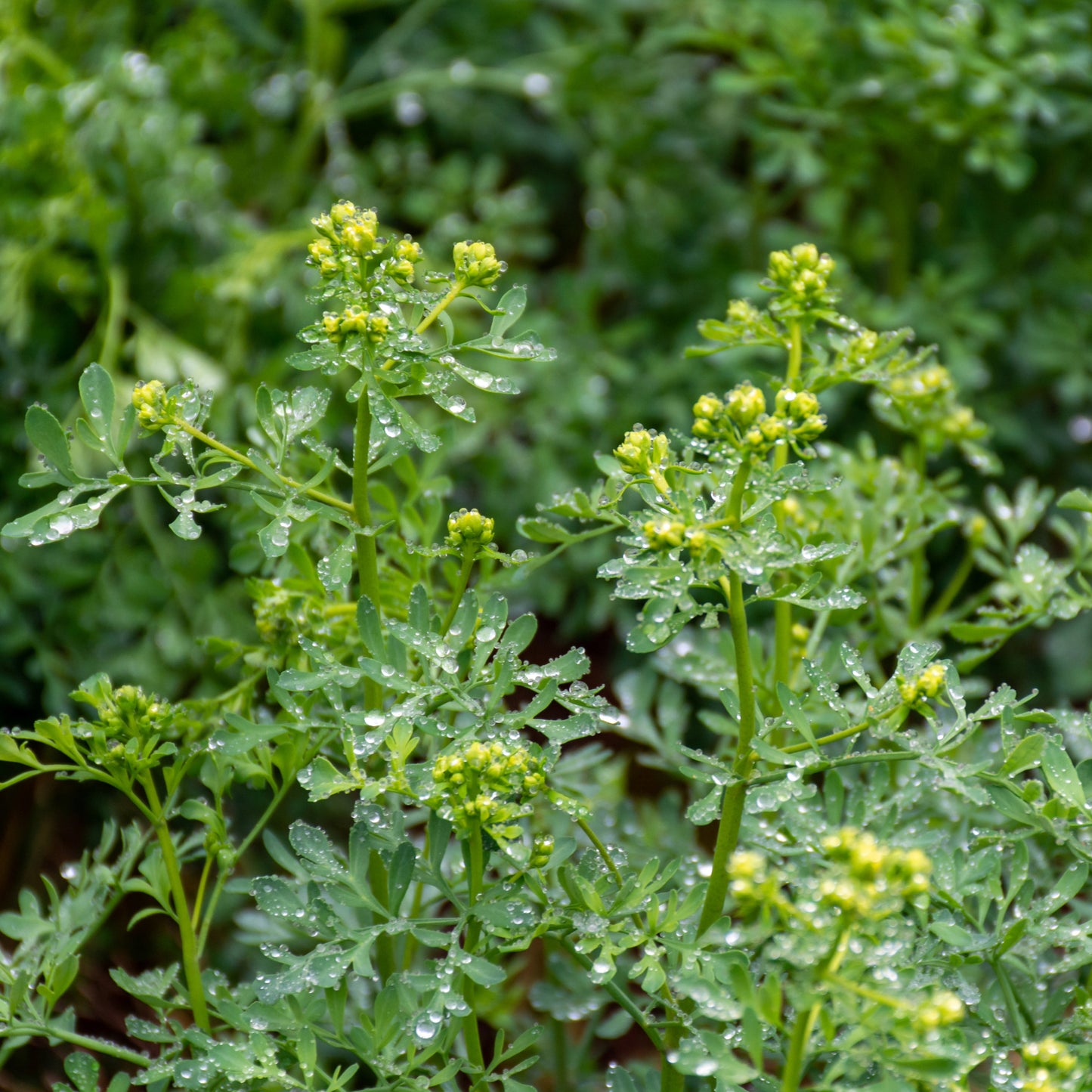
Related articles
-
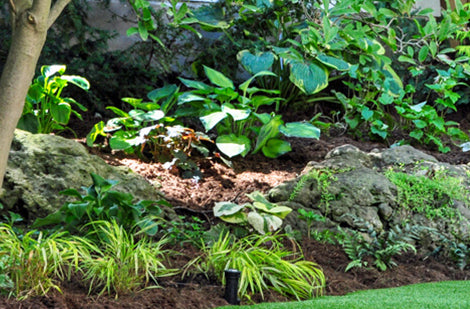
Perennials for all occasions
Read the articleOsez créer des associations inédites qui sauront refléter votre personnalité, même si pour cela vous deviez déplacer certaines vivaces pour mieux les mettre en valeur.
-
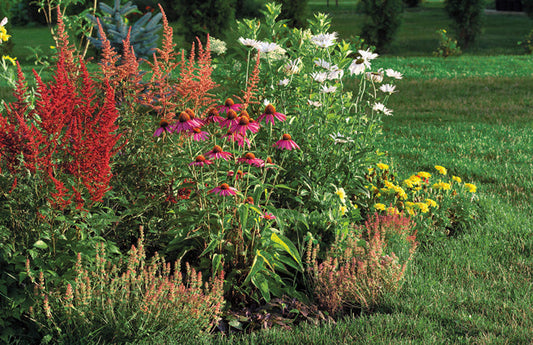
Landscaping with perennials
Read the articleVariétés à découvrir, la tomate se savoure crue, en sandwich, en bruschetta ou en salade. Cuite, c'est l'ingrédient de base de sauces, soupes et salsas.
-
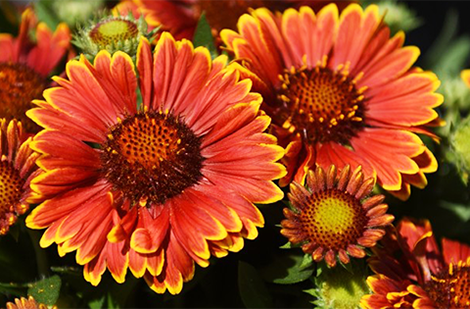
Perennials proper maintenance: cut and fertilize
Read the articleLa grande popularité des vivaces vient du fait qu'après avoir été oubliées pendant des mois au cours de l'hiver, elles réapparaissent sur la scène plus énergiques et surprenantes que par...
-
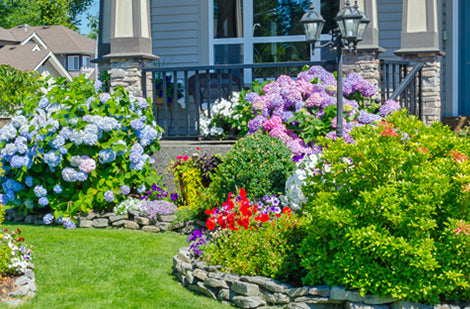
How to plant perennials in your garden
Read the articleEn pénétrant au jardin, ce sont souvent les plantes vivaces que l’on remarque en premier. Un massif de sauges, d’hémérocalles, d’astilbes, d’échinacées ou de lavande offre un spectacle d’une beauté...











